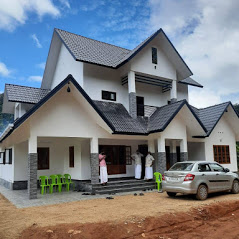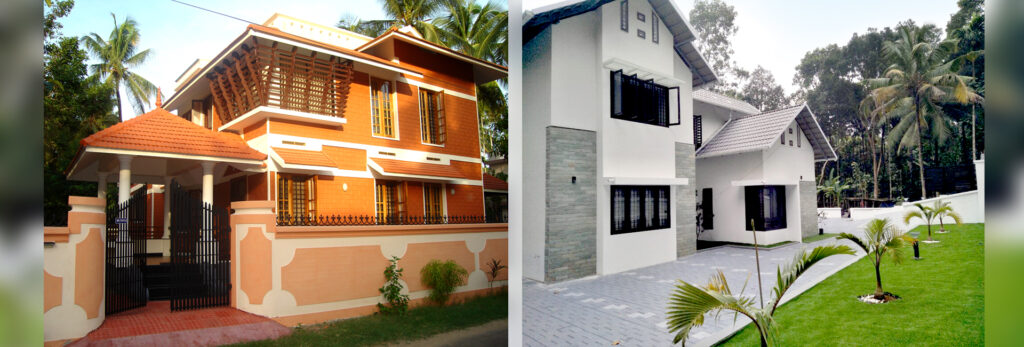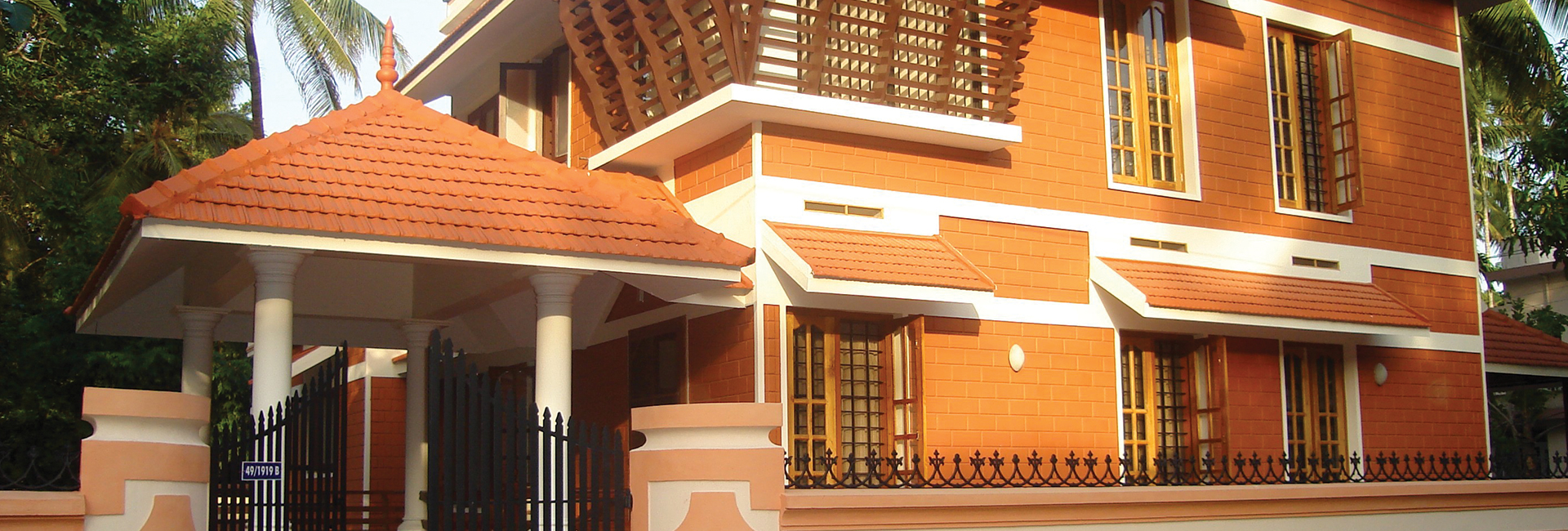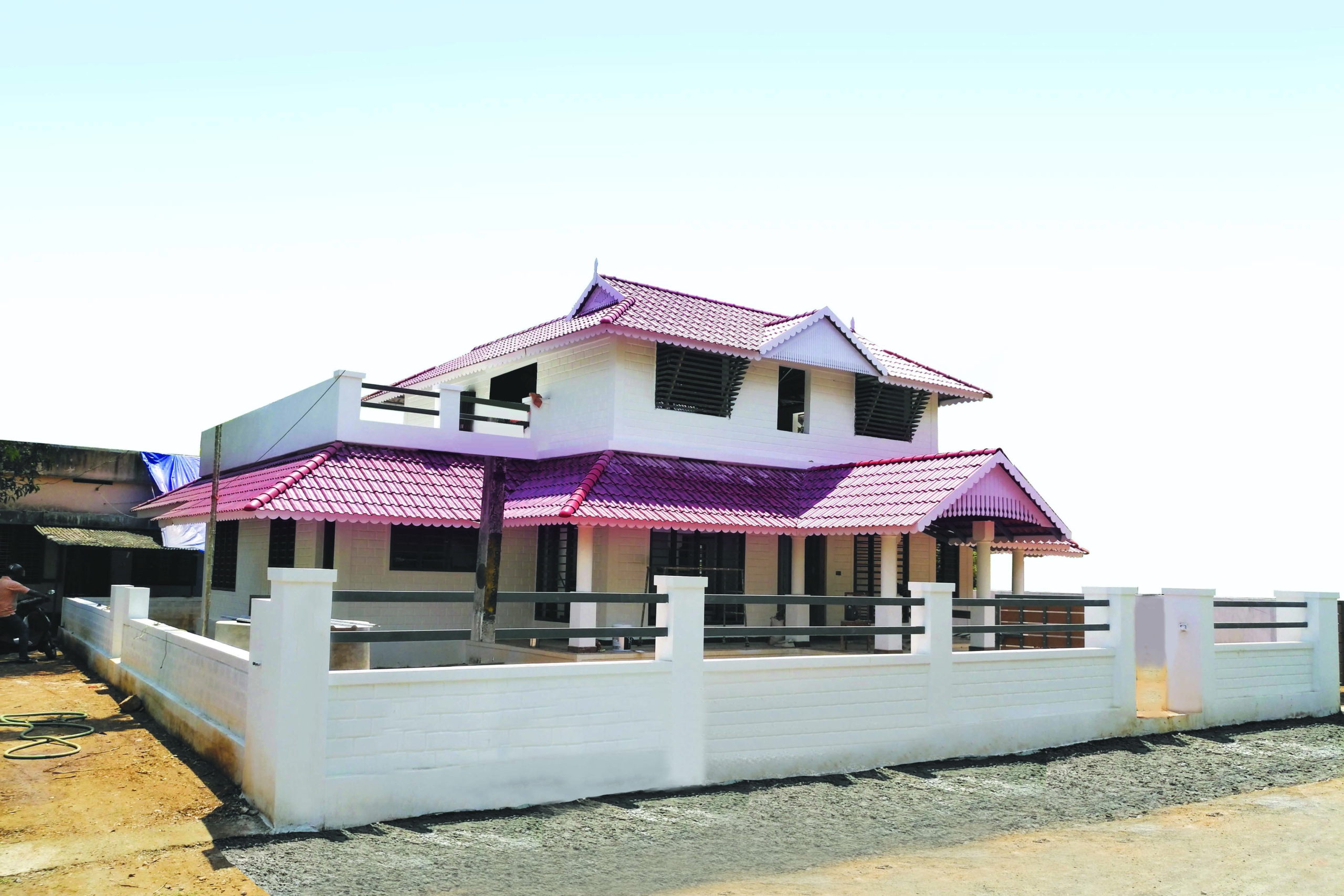
How to Cure Interlocking Bricks
- toughie
- 21 Nov, 2022
Interlocking bricks are nowadays becoming popular in the construction industry as an eco-friendly building material. The use of interlocking bricks saves labor and material costs and gives cooler interiors to houses. The Soil and Cement interlocking blocks are manufactured by hydraulic compression & are construction ready after 7 days of water curing.
Curing process:
Manual Spray Curing
Manual curing means wetting the interlocking bricks with a light drizzle of water using hoses, watering cans, and sprayers. Take care not to affect the finish, quality, and resistance of the bricks.
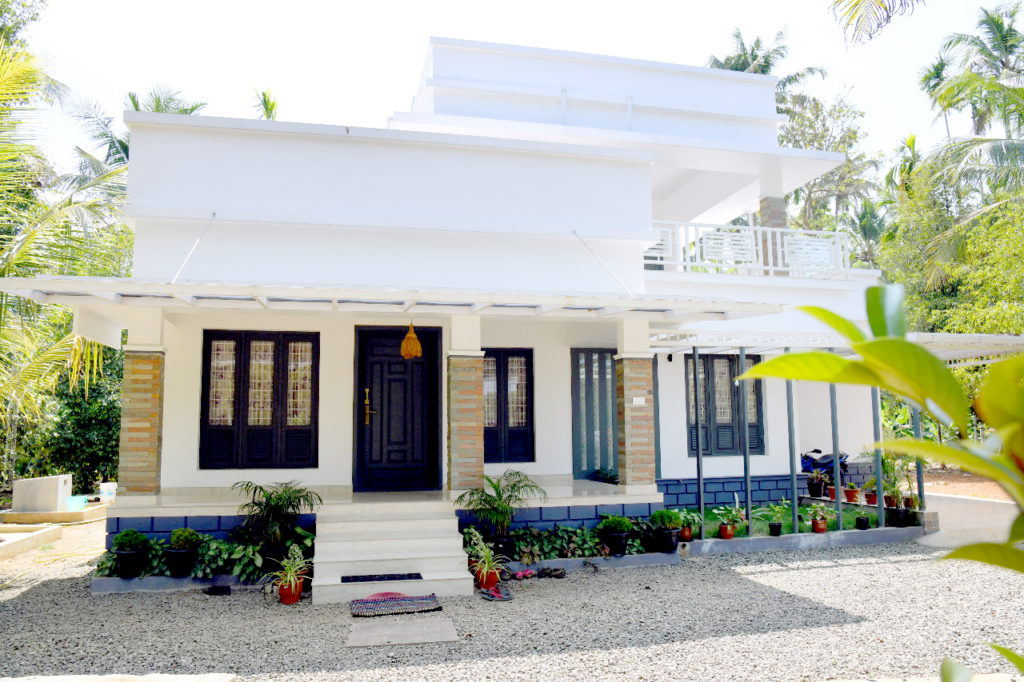
Water spraying can be increased gradually as the bricks become stronger. Please ensure that the interlocking bricks do not lose moisture to avoid losing quality.
Mechanized Spray Cure (Manual or Automatic)
- In this process misting is done with several sprinklers fixed on the interlocking bricks. The water released by the sprinklers will vapourize & penetrate delicately on the interlocking bricks.
- The automatic mechanized sprinkler system has a humidity and cure time sensor which detects the lack of humidity and automatically triggers the sensors to maintain the correct humidity.
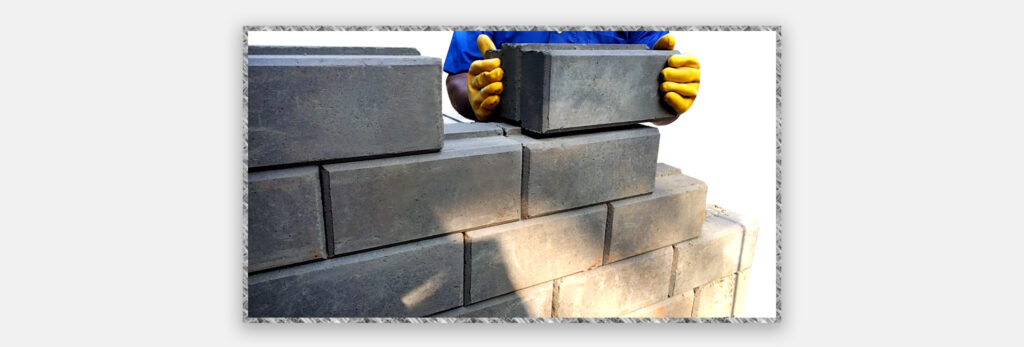
Immersion Cure
Considered to be the most efficient type of curing in terms of lesser time for curing & keeping the moisture of the ecological bricks more uniform. Least used as it requires a large amount of water, and storage tanks and is also the most expensive. The bricks will be stacked firmly on pallets with a maximum height of 1.5 meters & immersed within a tank for a period of 2 to 30 minutes. The transport movements are done using forklifts, gantry, rolling bridges,s, etc. After 12 hours of curing the interlocking bricks should be wet slightly so as not to affect the quality, finish, and resistance of the same.
To identify the ideal time for production just split a unit to see if the humidity has reached the middle of the part produced after removing the picket from the tank.
Note: All curing processes should be done in covered places protected against rain, excessive winds, and the sun.
Well-cured interlocking bricks offer high strength, quality, and finish. Contact us at Toughie Engineering to know more.
